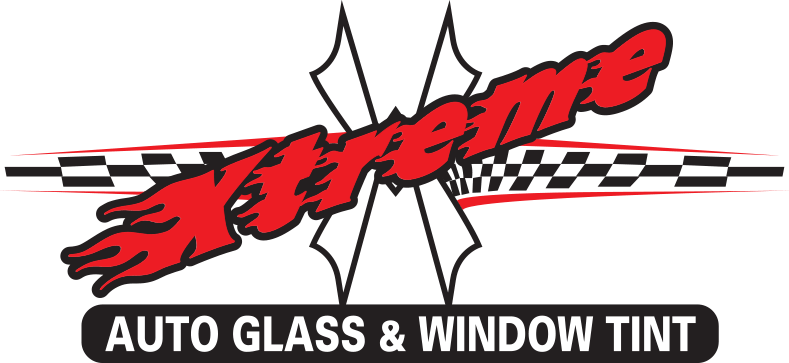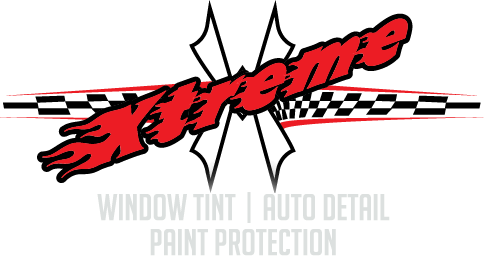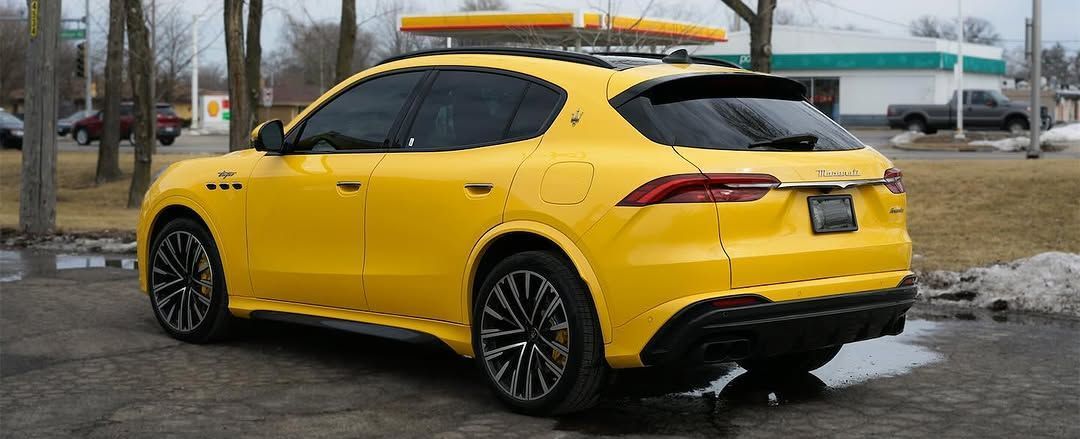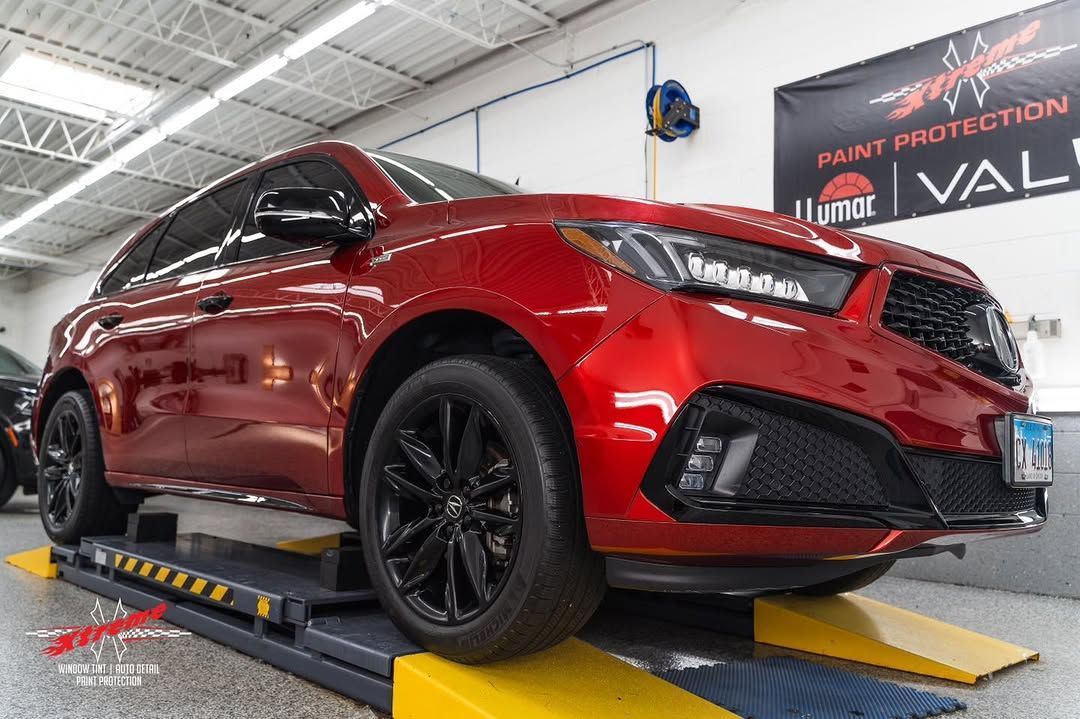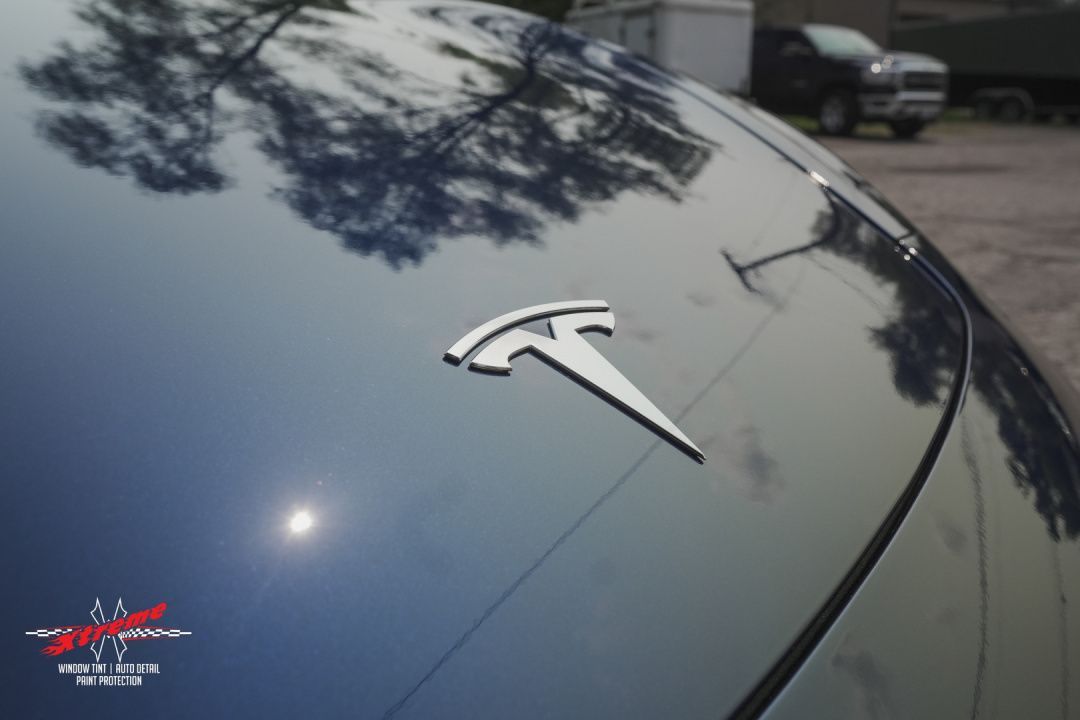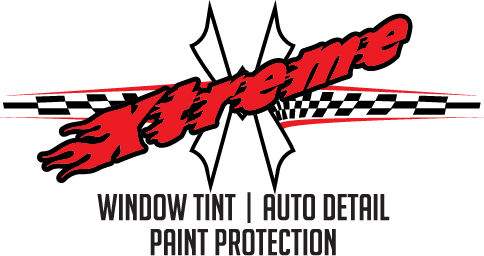Auto detailing is one of the enjoyable aspects of being a car enthusiast. Regular car detailing helps to maintain the brand-new, shiny, and smooth appearance of your vehicle’s exterior. However, the cost of a professional detail service leaves some people no choice but to go DIY; this is how many car owners begin their journey to paint correction.
Regarding car detailing, understanding what to do and what not to do is crucial to an excellent detailing job. While a regular car wash will clean the surface dirt on your car, it won’t remove the ingrained contaminants on your paint job. Perhaps you desire premium car detailing but can’t afford a professional service; this article discusses typical auto detailing mistakes to avoid.
Common Car Detailing Mistakes to Avoid
Using the Wrong Cleaning Products
While many believe chemical use ensures a more thorough auto body cleanse, it’s a big mistake. Dish soaps and detergents are used for specific cleaning tasks around the house, and they contain harsh chemicals that could damage your car's paint and interior.
Though dish soaps are excellent at removing tough stains, resist the urge to use them on any area of your car’s interior or exterior. It may damage the clear coat on the top of your car’s paint, exposing it to UV rays and other environmental elements.
Washing a Car Under Direct Sunlight
While going about auto detailing in the open may seem right, expert detailers disagree for solid reasons. Detailing your car in direct sunlight accelerates the drying rate, making cleaning products stick to your paint before you wipe them off.
Rather than in the open, find a cool, shady spot to protect your car from the sun while detailing. Cleaning products drying on painted surfaces may cement dirt particles and other contaminants on your car’s exterior.
Consider working a clay bar on your vehicle’s surface to remove tough stains if you’ve always washed your car in the open.
Over Waxing
This mistake ranks among the most popular auto detailing errors most newbies make. A fresh coat of wax would make your vehicle pop while protecting it from oxidation and paint fading. However, the excessive application may jeopardize these benefits, making the paint dull and cloudy.
More wax doesn’t mean more protection and shine. Remember, two layers of wax are enough for an excellent finish. Perhaps you’re tired of constant waxing; consider ceramic coating or paint protection film.
Using a Sponge
Even though sponges may feel soft and squishy, they are quite abrasive for a vehicle’s paint. Sponges are among the culprits behind swirl marks on paint jobs. Using a sponge on your car’s surface is almost as easy as visiting a regular car wash.
A sponge, unlike microfiber materials, can’t pick up dirt and trap it inside. Instead, collected dirt and debris remain on the sponge's surface, doing minor damage to your paint as you rub it on your car’s body panels.
If you’ve been using a sponge, you’ll notice micro-scratches all over your paint on a closer look. If having your car detailed at home causes your paint more damage, it’s not worth it. Consider dropping your vehicle off with a professional detailer or hiring detailing services if you don’t want your car out of sight.
Using the Wrong Kind of Towels
A clean microfiber towel should be the only thing you use to wipe your car’s surface. Most car owners use old rags or towels, which is not very good. Your car’s paint is delicate and deserves gentle care. No other material is as soft and absorbent as microfiber, and the best part is that it leaves your car clean and scratch-free, unlike tough, old towels.
Get a few microfiber towels if you decide to take up auto detailing, and remember never to use a washing towel for drying, or else you’ll find yourself rubbing dirt and grime back onto the car’s surface.
Washing the vehicle’s tires last
Washing from top to bottom is how we all understand cleaning, but auto detailing is an exception. During car detailing, you should start from the dirtiest areas, which are parts closer to the ground—the wheels—and wash to the top.
This practice will prevent lather or dirty water from splashing onto the freshly washed body. Also, make sure your tire cleaner isn't made with a solvent. Solvents often eat away at rubber, which makes it wear out and crack more quickly.
Not Wearing Protective Clothing
As funny as this may sound, it’s valid. Many people believe nothing can happen to them and undermine this essential tip. However, wearing protective clothing is always best when detailing your car.
Professional auto detailers don’t do it because they have to; rather, they do it because it’s crucial. Below are some important protective clothing items to wear during car detailing:
- Protective glasses: When detailing or applying a ceramic coating, you should always wear eye protection.
- Face mask: A mask will save you from inhaling dust or chemical fumes while cleaning specific car parts.
- Gloves: Gloves do an excellent job protecting the skin from harsh chemicals.
What Does Professional Auto Detailing Include?
Interior Car Detailing
Inner beauty complements outer beauty. It's no wonder interior auto detailing is more intensive than exterior auto detailing. The interior car detailing process varies depending on the auto shop you visit. However, the process often includes the following:
- Interior vacuuming
- Brushing and steam cleaning
- Glass cleaning
- Leather trimming
- Re-vacuuming and wiping
- Leather trimming
- Perfuming
Exterior Auto Detailing
Unlike a regular car wash, exterior auto detailing is more than a quick wash. It involves delicately attending to issues with a car’s paint to restore its outer shine. The standard process includes the following:
- Washing and drying
- Claying
- Polishing
- Sealing
Other exterior detailing services include engine detailing, bumper repair, headlight restoration, trim repainting, etc. Most auto detailers offer standard detailing packages and the option to create a custom exterior detailing package according to your needs.
Need Auto Detailing Services in Wheaton, IL? Contact Xtreme Auto Glass & Window Tint
Do you find car detailing challenging? Or you don’t have the time? Do you desire a high-quality detailing service that won’t break the bank? Xtreme Auto Glass & Window Tint is here for you. We have years of experience, skills, and expertise to detail your car correctly. Our services include PPF installation, ceramic coating installation, window tinting, paint correction, interior and exterior detailing, etc. Our dedication to providing satisfactory service is unmatched. Call us today to book an appointment and get a free detailing estimate.
